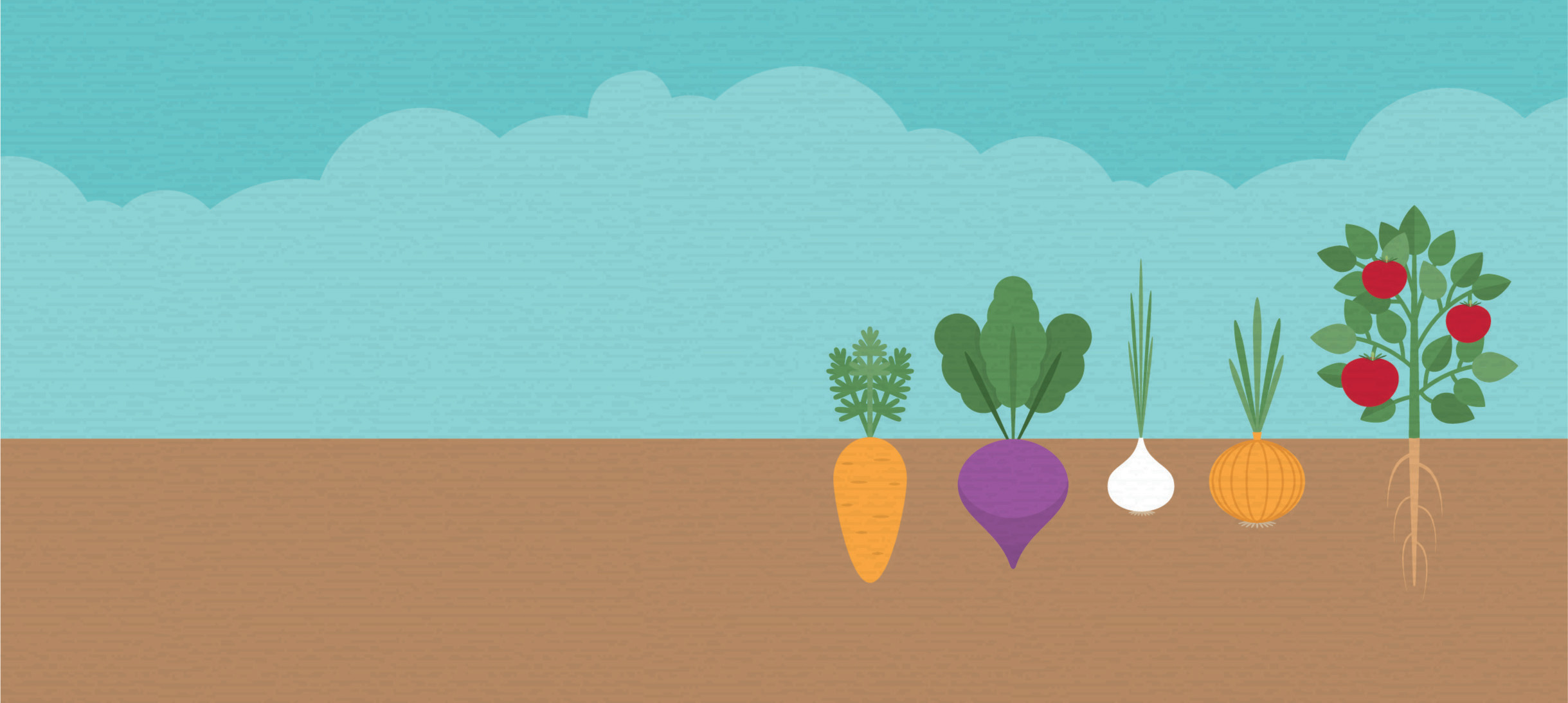
Adding a vegetable garden is a great way to connect with nature, save a little money at the grocery store, and eat healthier. Here are some tips for adding a vegetable garden to your yard.
SELECT A SITE
When picking a spot for your future vegetables, choose a sunny spot, as most vegetables do best in full sun, with over 8 hours of direct sunlight per day. If you don’t have this much sun, consider sticking with crops more likely to tolerate some shade, such as herbs, and greens, like lettuce and spinach.
Avoid low-lying areas because plant roots need oxygen, and vegetables are particularly sensitive to being submerged. Avoid putting a vegetable garden in a spot where the water accumulates after a rainstorm.
Also, consider convenience. If you have many spots to choose from, consider a location that’s accessible and has easy access to your watering system.
PREPARE THE GROUND
Most new vegetable gardens start as lawns or a combination of perennial weeds that need to be removed. This can be done by tillage and mulching or a combination of these. The first growing season is the most critical time to get perennial weeds under control.
Tilling the ground a single time is a good start to killing grasses, but they are still alive and will regrow. Plan to till at least three times, once every two to three weeks, to fully prepare the soil.
Mulching can be easily done using a heavy piece of black plastic weighted down along the edges with heavy rocks or sandbags. You can also use several organic materials, such as newspaper, leaves, straw, or wood chips. The layer must be thick enough to completely prevent light from reaching the plants growing underneath.
FERTILIZE
Once the garden soil has been prepared and is ready for planting, it’s time to plan for fertilization and weed control during the season.
Ideally, fertilizer should be applied to the garden and mixed thoroughly into the top few inches of soil before planting and should be applied again midway through the growing season.
WATER
Generally, most vegetable crops grow best if they receive about an inch of rainfall per week through the growing season. In a season with regular rainfall, supplemental water may not be necessary except when first transplanting young plants into the garden. However, in a dry year, more watering may be needed.
Now you are ready to plant! Make sure to consider the different planting times for specific vegetables and herbs. Your local plant and gardening store employees can help point you in the right direction.



